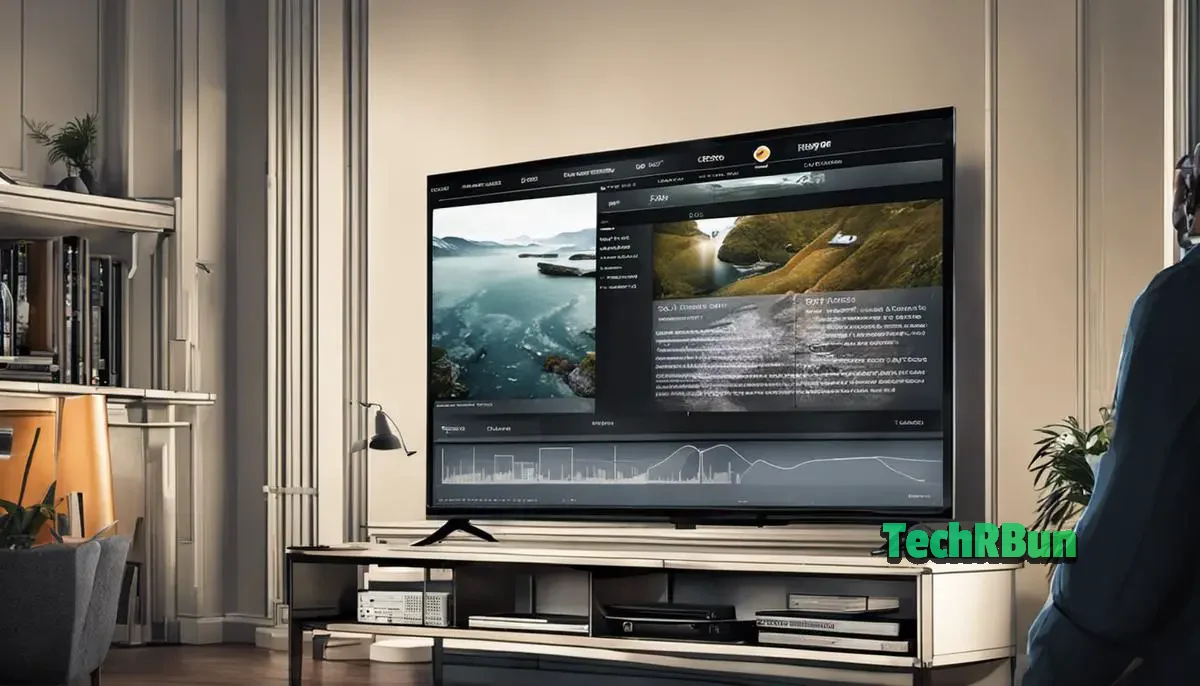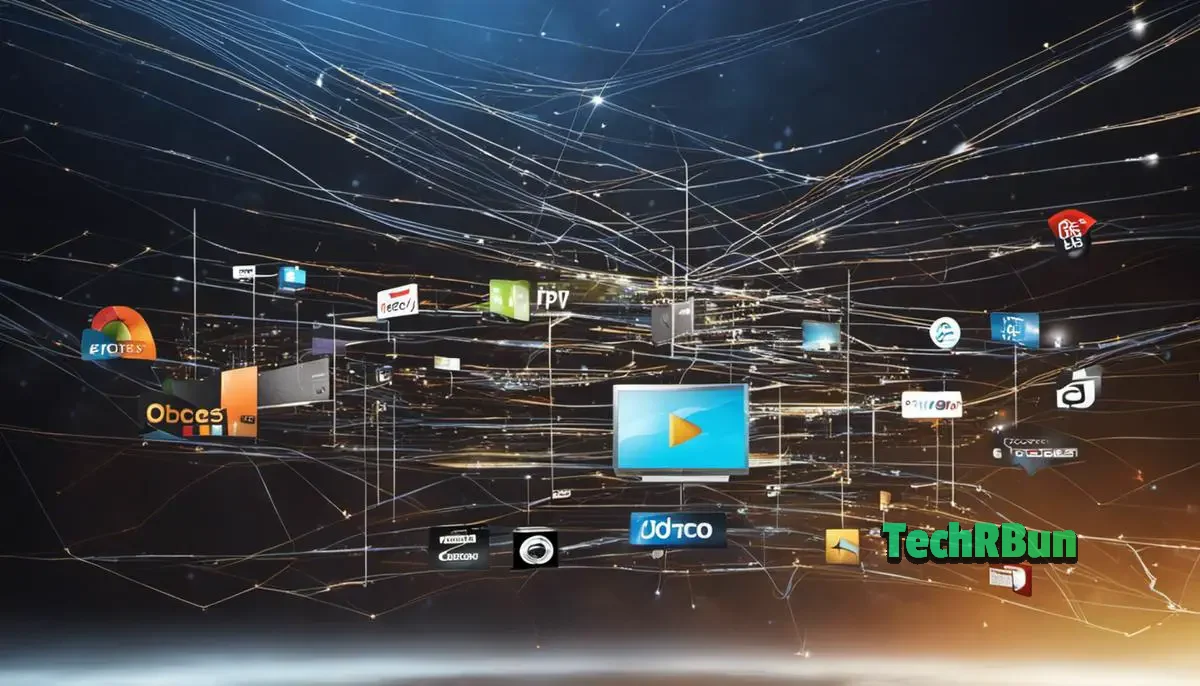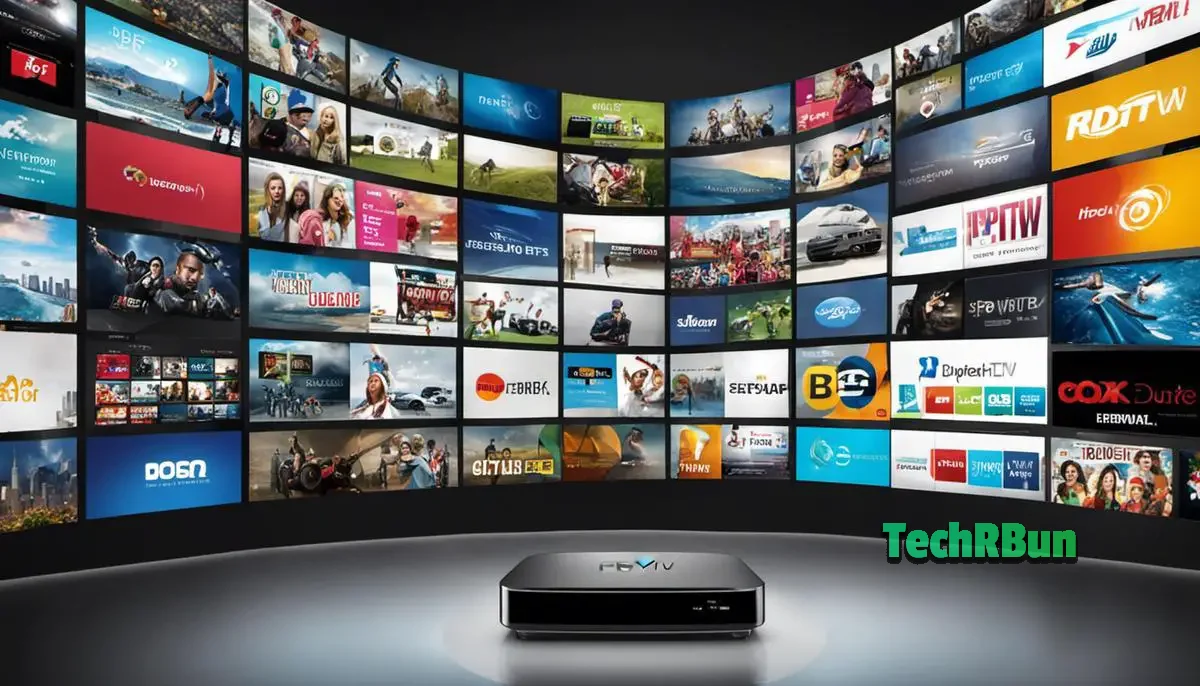
In the dynamic realm of IPTV streaming, choosing the right codecs and formats can make all the difference between a seamless, high-quality viewing experience and a frustrating, pixelated nightmare.
As the demand for on-demand content continues to surge, it’s crucial for IPTV providers to stay ahead of the curve by delivering content that meets viewers’ expectations for both quality and efficiency.
In this comprehensive guide, we will unravel the complexities of IPTV streaming by delving into the world of codecs and formats.
Whether you’re an industry veteran looking to fine-tune your streaming infrastructure or a novice taking your first steps into this exciting field, understanding the best codecs and formats is essential to ensuring your content shines.
Join us as we explore the intricacies of video encoding, decoding, and the various formats that can elevate your IPTV service to new heights.
Table of Contents
Basic Overview of Codecs And Formats
Codecs and formats are integral components of digital multimedia that play a crucial role in encoding, decoding, and delivering audio and video content.
Here’s a basic overview of what codecs and formats are:
Codecs (Coder-Decoder)
Definition
Codecs are software or hardware tools used to compress and decompress digital multimedia data, such as audio and video. They are essential for efficient data transmission and storage.
Function
Codecs encode (compress) multimedia content into a compact form for transmission or storage and decode (decompress) it for playback.
Types
There are various codecs designed for specific purposes, like H.264 for video and AAC for audio. Some codecs prioritize compression efficiency, while others prioritize quality.
Formats
Definition
Formats, often referred to as containers or file formats, are the wrappers that hold multimedia data encoded with specific codecs. They define how data is organized, structured, and stored within a file.
Function
Formats provide a framework for storing audio and video data, along with metadata like subtitles, chapters, and more. They ensure compatibility with different playback devices and software.
Examples
Common video formats include MP4, AVI, and MKV, while audio formats include MP3, WAV, and FLAC.
In summary, codecs are responsible for the compression and decompression of multimedia data, optimizing it for efficient transmission or storage.
Formats, on the other hand, encapsulate this compressed data, ensuring that it’s organized and structured in a way that different devices and software can understand and play back the content.
The choice of codecs and formats is critical in the world of digital multimedia, impacting the quality, efficiency, and compatibility of audio and video content.

Best Codecs For IPTV Streaming
After familiarizing ourselves with the general principles of IPTV, we are stepping into a more specific, yet equally important, component – codecs.
These unsung heroes of the streaming world play a pivotal role in ensuring high-quality IPTV streaming.
Let us dive straight into understanding the importance of codecs in IPTV, and the main ones that are making a difference today.
Codec, a portmanteau of Coder-Decoder, is a critical facet of streaming protocols.
Its primary function? Compressing data for transmission and subsequently unpacking it for viewing or editing. Codecs determine the quality and bandwidth of your streaming video, influencing transmission rates and thereby impacting the viewing experience.
Why are codecs essential in IPTV? Simple – They strike a balance between quality and bandwidth.
High definition video files are colossal, consuming massive data when broadcasted. Codecs cleverly solve this issue. They squeeze the file size (a process known as encoding) before transmission and reverse the squeeze (decoding) on the user’s side.
This allows IPTV to deliver high-quality content without breaking the virtual bank on bandwidth.
Now, let’s delve into the prime characters of this drama – H.264, H.265 (HEVC), AV1, and VP9.
H.264
H.264, more popular as AVC (Advanced Video Coding), is a widely supported codec, compatible with almost all devices. Used on a global scale, H.264 offers good video quality at substantially lower bit rates. Though it might seem a little outdated in the digital era, it still holds strong due to its compatibility and efficiency.
H.265/HEVC
H.265, or HEVC (High-Efficiency Video Coding), promises to deliver video quality similar to H.264 but at half the bitrate, stepping up efficiency another notch. This underdog leaps ahead with its power to support 4K and 8K resolutions, providing more crisp and accurate video streaming experiences.
AV1
The AV1l (AOMedia Video 1) is an open, royalty-free coding format designed for video transmissions over the internet. It outperforms its competition with better compression algorithms, reduced data usage, and uninterrupted streaming experiences. However, it also requires significantly more computing power, becoming a constraint for its adoption.
VP9
Google’s VP9 battles in the same arena, providing a royalty-free alternative to H.264. It guarantees higher image quality with low bit rate requirements. Like AV1, it also supports the superior 4K resolution.
Choosing the apt codec is a balancing act. It’s not just about which one provides the best video quality, but also how much bandwidth it consumes, the processing power required, and its compatibility with viewers’ devices.
Codecs play such vital roles in IPTV streaming that it becomes crucial to keep an eye on the emerging trends and advancements in this realm.
In closing, codecs are the unsung heroes that directly influence the streaming process. They are the gear wheels under the hood that keep the machine running smoothly. So, the next time you sit back and enjoy high-quality streaming, remember to tip your hat to these magnificent codecs doing their job flawlessly behind the scenes!

Best Formats For IPTV Streaming
In continuing the IPTV ping-pong of knowledge, let’s now dive deeper into the world of streaming formats.
Identifying the best streaming format is mission-critical for IPTV, holding the baton for performance and compatibility. The two frequently recommended formats are TS (Transport Stream) and HLS (HTTP Live Streaming).
Are they same-old-same-old in terms of functionality? Not quite; both come with unique features that cater to specific demands.
MPEG-TS
The TS format is a standard digital container format for transmitting audio, video, and data in an MPEG-TS stream. It’s designed to handle errors appropriately for broadband broadcasting applications and is lightweight with less overhead. Given its error-handling capability, TS format is particularly effective where transmission errors are high, such as environments with poor connectivity.
HLS
On the flip side, HLS, developed by Apple, is a contentious force. This format breaks the stream into small HTTP-based file segments, each carrying short duration playback data. HLS provides a smooth streaming experience and is compatible with a wide range of devices. Moreover, since it adapts to the viewer’s bandwidth in real-time, HLS provides an optimal viewing experience in various internet-connection circumstances.
MPEG-DASH
Next on stage is the MPEG-DASH, touted to steal the world of streaming. Short for Dynamic Adaptive Streaming over HTTP, it provides a universal standard by being codec-agnostic — it’s equally compatible with H.264, H.265, or even VP9. Granted, it’s a newcomer. But with its dynamic feature of adapting to network conditions and the capability to use any codec, it’s hot on the IPTV radar.
RTMP
Then there’s the RTMP (Real-Time Messaging Protocol), a veteran player that specializes in real-time, low-latency video streams. Originally developed by Macromedia, now Adobe, RTMP shines for its low latency feature, thus making it a favored candidate for live streaming.
Ultimately, the selection of format revolves around a careful blend of variables including the viewer’s ISP, network conditions, and viewing device. The IPTV streaming world isn’t about one-size-fits-all. It’s a juggernaut of diverse elements that make IPTV so amazing – flexible, adaptable, and customizable in every sense.
In the final analysis, the combination of the above-recommended formats form a potent IPTV backend and ensures an enhanced user experience for all viewers.
Technology isn’t a puzzle, but a marvel that adds zing to our lives – in this case, changing the way we consume media. Keep in tune with the technology symphony and tablets, smartphones, laptops, or whatever next-gen device rings your bell, the screen will always serve quality entertainment, anytime, and anywhere.

Conclusion
In conclusion, the world of IPTV streaming is a fast-evolving landscape where content quality, efficiency, and viewer satisfaction are of paramount importance.
Selecting the best codecs and formats is not just a preference but a strategic necessity. The journey through this article has unveiled the key elements that drive the success of your IPTV streaming service.
By understanding the significance of codecs, you can make informed choices that strike the perfect balance between video quality and bandwidth consumption.
Likewise, the choice of formats can enhance user experience by ensuring compatibility across diverse devices and platforms, as well as offering additional features like subtitles and interactive elements.
Remember that the IPTV industry is continually advancing, and staying ahead of the curve with the latest codecs and formats is an ongoing commitment to excellence. As you navigate this intricate domain, don’t hesitate to experiment, fine-tune, and adapt to emerging trends.
Armed with the knowledge gained from this guide, you are better equipped to provide your audience with an IPTV experience that is nothing short of extraordinary.
As technology evolves and viewer expectations rise, your choices in codecs and formats will continue to be the linchpin in your quest to deliver the best possible content.
Here’s to elevating your IPTV streaming to new heights and ensuring that your viewers enjoy top-tier entertainment, all while keeping your service on the cutting edge of innovation.







